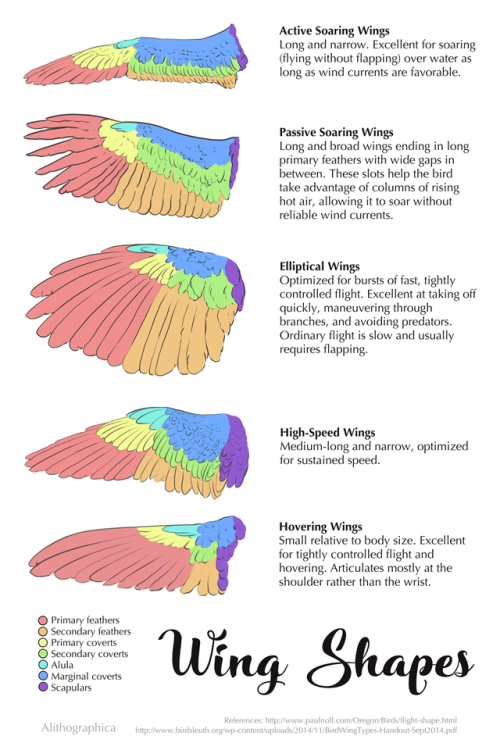Weekly Art Tip: Drawing Folds!








Weekly art tip: Drawing folds!
Hope you guys enjoy it I’ve put a lot work to make this ^^
I tried to make it as simple as possible :)
More Posts from Arttuti and Others




Need a bigger serving of practice? Check out the 19-paged worksheet and .psd practice file!
The difference between a beginner’s comic and an experienced artist’s comic comes down to the details, and one of the biggest “invisible” details is proportion.
How does an artist utilize page and panel layout, negative space, word balloons and composition to their best advantage? This Shingworks tutorial covers all of this information, and the 19-page supplement worksheet and comic proportion analysis template .psd takes it a step further and teaches you how to analyze real comics so that you can apply these principles to your own comics :]
My Patreon tutorials are unlocked to the public 6 months after their original publication month. You can find the full high-resolution archive of monthly tutorials at my Patreon! Thanks again to my Patrons for supporting me in the creation of my own comics, The Meek and Mare Internum.
My recent free-to-read tutorials on Tumblr:
Worldbuilding!
Understanding Patreon & Building A Patreon
Grow Your Brand
Acting for Comics
Researching for Comics
Writing for Webcomics
Coloring with Masks
This month’s Patreon tutorial: Webcomics 101
And as usual, thanks very much for not deleting my text~~
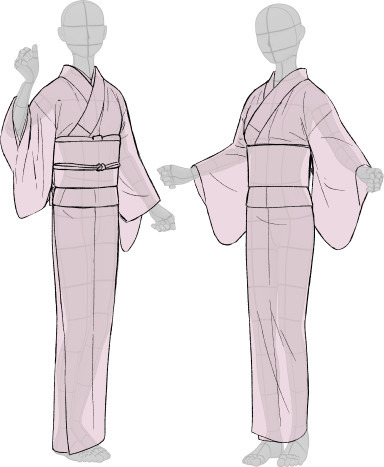
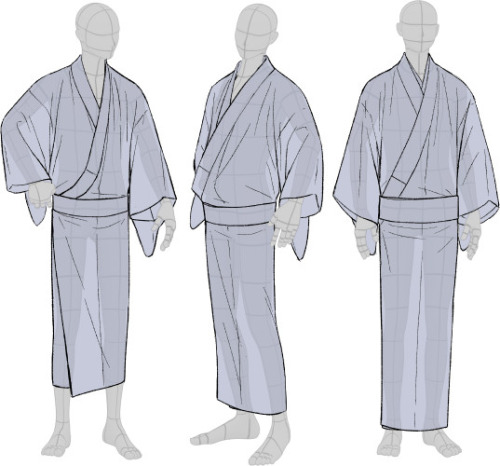
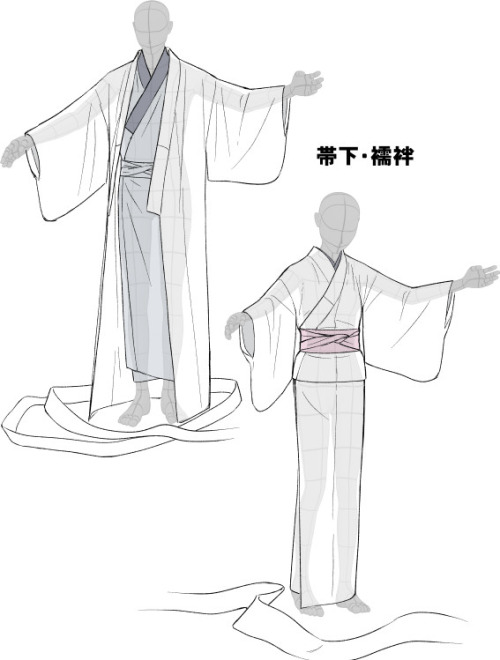
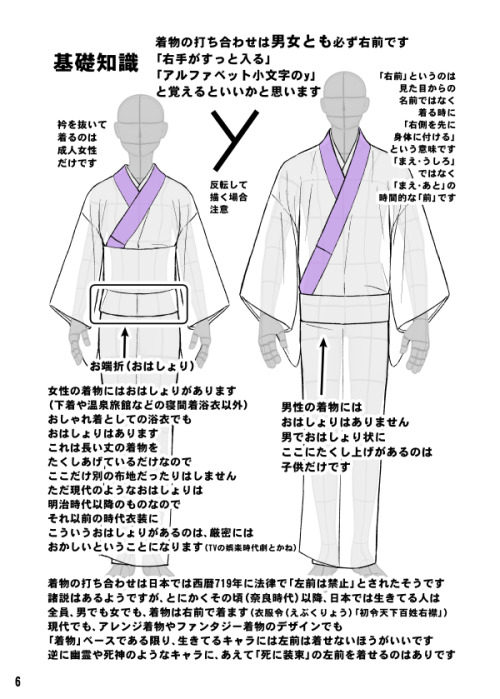
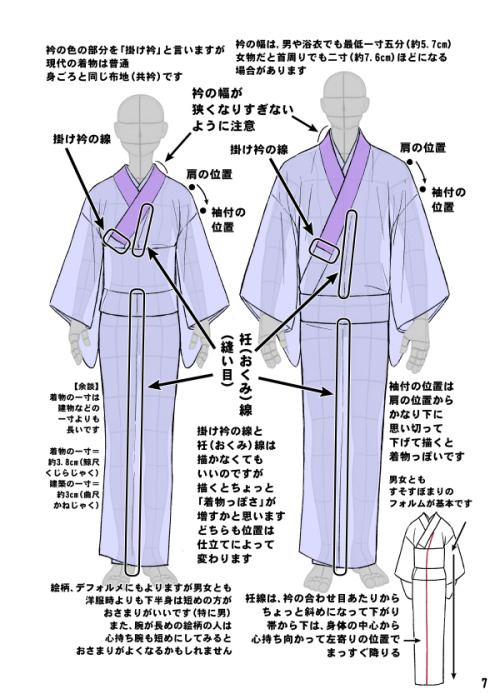
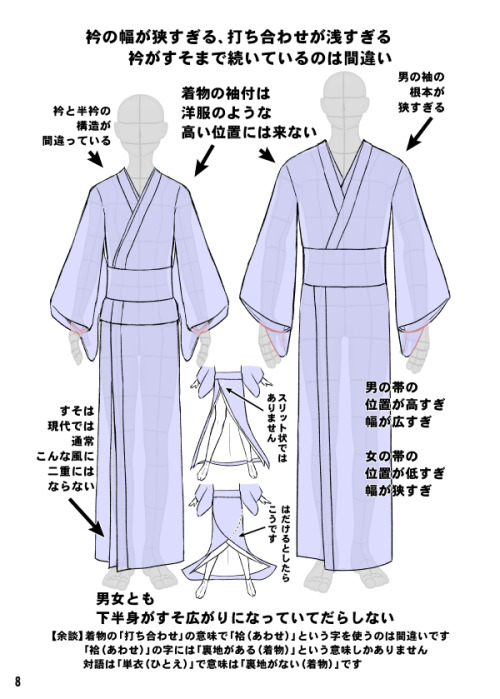
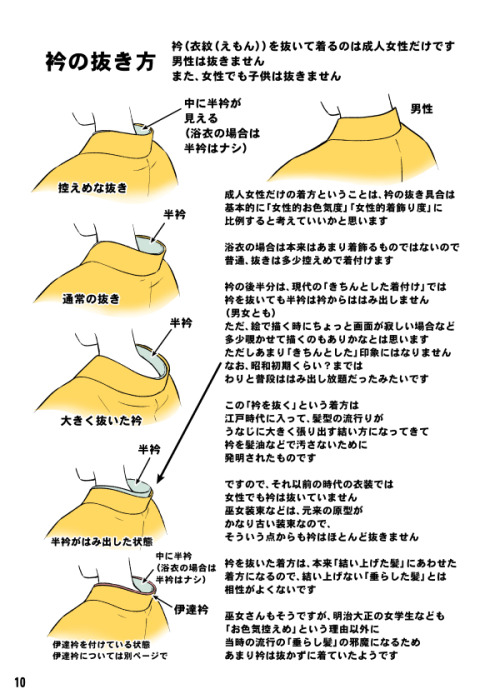

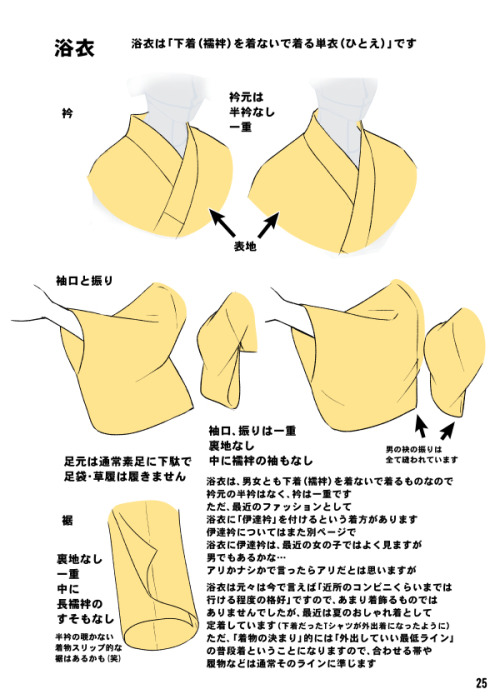
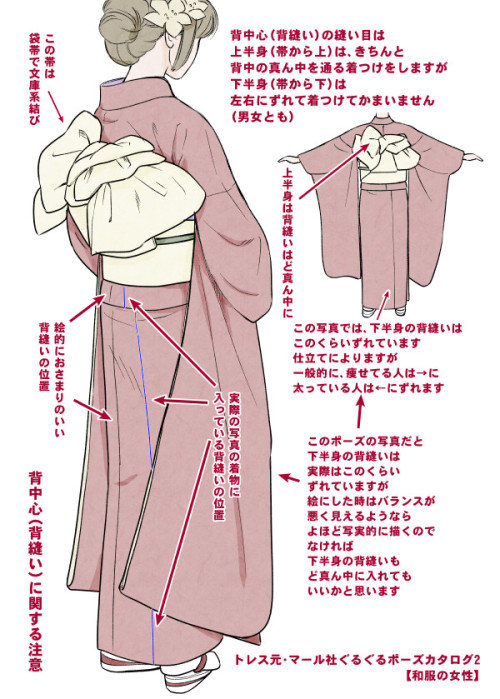
Kimono drawing guide ½, by Kaoruko Maya (tumblr, pixiv, site). Booklet is available in pdf for ¥ 900 here.
Here you can see:
female kimono and yukata (note how the juban underwear peeks when in kimono + how belts differ)
male yukata and kimono (note how the juban underwear peeks when in kimono)
dressing up: male (kimono is not closed yet) and female (kimono closed with datejime belt and ready to put on obi)
differences between female and male kimono once dressed (note how the collars and belts set)
common drawing mistakes (compare with previous picture: shoulders lines are too defined, there is a double hem, collars are narrow, belt is not at the right place etc)
women back collar (the lower the sexier) and men back collar (close to the nape)
back and sleeves differences between men and women
collars and sleeves and view of how kimono drapes around body
Furisode back (long sleeves kimono) and formal furisode obi knot example
can you give a run down on skintones?
PART ONE: COLOR SELECTION.
In painting skin tones, a lot of the time I see people choose colors that are over-saturated or unbalanced. There isn’t really an exact art to this that I can explain—you just need to get a feel for what saturation balance you need for that particular skintone. Here are some examples of what I usually pick.

As you can see, I used different base colors (orange, reddish, yellow) for the skin shades in all three examples. The reason for this is because all skin tones have a different base color besides just Light, Medium, and dark. Some people divide them into categories of “warm” and “cool.” Pantone has some really good examples and references for this.

PART TWO: COLOR VARIATION.
Another big part about drawing and painting skin tones that a lot of people forget is how skin thickness affects color variation. The presence of bone, blood, and muscle underneath the skin affects its colors. This is especially noticeable on the face.

The colors here are a little exaggerated to show my point, but with a little adjusting and blending…

Voila! Subtle, but more realistic.
PART THREE: DETAILS.
Our skin is the largest organ on our body, and as our body’s first line of defense against the outside world, it’ll be covered with tiny details and imperfections. Things like sunburns, tans, freckles, scars, and facial hair all add character to your subject matter. Here are some examples!
TANS: Everyone tans differently, depending on your ethnicity and skin tone. Fair skinned folks tend to burn more than tan, which means you’ll need a more startling, eye-catching red.If you have a skin type that tends to tan more, the color will be more brown than red. For black skin tones, the tan is less red. (And while we’re on the subject: black people DO tan, so it’s important for you to put on sunscreen and be careful in the sun, too.)

Those are the areas that the sun tends to hit the most—and things like goggles, hats, and masks can change the shape of that area.
FRECKLES AND MOLES: Freckles are also products of the sun. Some people have freckles that stay year-round, while others have freckles that fade in the winter and return in the summer. Moles are skin cells that grow in a cluster instead of being spread throughout the skin. When exposed to the sun, they tend to darken. (Another note on skin health: if you have any oddly-shaped/colored moles, moles that have changed color, size, or shape, or anything of the sort, please check with your doctor!)
Freckles like to cluster around each other, sort of like stars, and they vary greatly in size. You can have a few freckles in one place, or a lot of freckles in multiple places. Most commonly freckled areas are your face, shoulders and neck, back, and forearms.

FACIAL HAIR: Facial hair also affects the colors of the face. For simplicity’s sake we’ll be using black hair, as it is the most noticeable. Facial hair usually grows in these areas, and can make the skin look blueish/grayish because of the darker hairs beneath the skin. If your hair is red, this also very noticeable.

END NOTE.
There you go! That’s about all I can think of at the moment for skin tones. As always, references and practice are your best friend (and so is this neat little trick that pheberoni has.) Good luck with your arting!
your art are amazing and you're so talented! I would like to ask how to draw Castiel's wild chaotic sex hair:)
LMAO umm I think it’s easiest to part it on one side and then have it fan out from there with the front flipping up.

thank you!!
-
 allintellectualandsht reblogged this · 1 month ago
allintellectualandsht reblogged this · 1 month ago -
 sexyflexysoldier liked this · 1 month ago
sexyflexysoldier liked this · 1 month ago -
 sourcestorage reblogged this · 1 month ago
sourcestorage reblogged this · 1 month ago -
 monsterr-menagerie liked this · 2 months ago
monsterr-menagerie liked this · 2 months ago -
 devia liked this · 2 months ago
devia liked this · 2 months ago -
 iamjustbread reblogged this · 3 months ago
iamjustbread reblogged this · 3 months ago -
 iamjustbread liked this · 3 months ago
iamjustbread liked this · 3 months ago -
 hypergores reblogged this · 3 months ago
hypergores reblogged this · 3 months ago -
 sleepykittties liked this · 3 months ago
sleepykittties liked this · 3 months ago -
 lokisbur reblogged this · 3 months ago
lokisbur reblogged this · 3 months ago -
 dangerouslandbatvoid liked this · 4 months ago
dangerouslandbatvoid liked this · 4 months ago -
 kessasofia liked this · 4 months ago
kessasofia liked this · 4 months ago -
 sillysomeone reblogged this · 4 months ago
sillysomeone reblogged this · 4 months ago -
 sillysomeone liked this · 4 months ago
sillysomeone liked this · 4 months ago -
 generaloftheskeletonwar liked this · 4 months ago
generaloftheskeletonwar liked this · 4 months ago -
 artking-4 reblogged this · 5 months ago
artking-4 reblogged this · 5 months ago -
 45thstate liked this · 5 months ago
45thstate liked this · 5 months ago -
 zinouillezetruenoodle liked this · 5 months ago
zinouillezetruenoodle liked this · 5 months ago -
 lost-islands reblogged this · 5 months ago
lost-islands reblogged this · 5 months ago -
 lost-draws liked this · 5 months ago
lost-draws liked this · 5 months ago -
 novadraem liked this · 5 months ago
novadraem liked this · 5 months ago -
 aloha-from-angel reblogged this · 5 months ago
aloha-from-angel reblogged this · 5 months ago -
 aloha-from-angel liked this · 5 months ago
aloha-from-angel liked this · 5 months ago -
 mewcoyote reblogged this · 5 months ago
mewcoyote reblogged this · 5 months ago -
 tiffabelle reblogged this · 5 months ago
tiffabelle reblogged this · 5 months ago -
 tiffabelle liked this · 5 months ago
tiffabelle liked this · 5 months ago -
 one-letter-man reblogged this · 5 months ago
one-letter-man reblogged this · 5 months ago -
 one-letter-man liked this · 5 months ago
one-letter-man liked this · 5 months ago -
 rabidfirefoxfan reblogged this · 5 months ago
rabidfirefoxfan reblogged this · 5 months ago -
 notaboyscout reblogged this · 5 months ago
notaboyscout reblogged this · 5 months ago -
 notaboyscout liked this · 5 months ago
notaboyscout liked this · 5 months ago -
 hey-wajima liked this · 5 months ago
hey-wajima liked this · 5 months ago -
 gregguru453 liked this · 5 months ago
gregguru453 liked this · 5 months ago -
 faersflower reblogged this · 5 months ago
faersflower reblogged this · 5 months ago -
 iamnotgoodatnames liked this · 5 months ago
iamnotgoodatnames liked this · 5 months ago -
 faersflower liked this · 5 months ago
faersflower liked this · 5 months ago -
 thorarms reblogged this · 5 months ago
thorarms reblogged this · 5 months ago -
 svadilfari reblogged this · 5 months ago
svadilfari reblogged this · 5 months ago -
 glorioustidalwavedefendor reblogged this · 5 months ago
glorioustidalwavedefendor reblogged this · 5 months ago -
 singersargentboi liked this · 5 months ago
singersargentboi liked this · 5 months ago -
 roruna reblogged this · 5 months ago
roruna reblogged this · 5 months ago -
 broadwayhoran liked this · 5 months ago
broadwayhoran liked this · 5 months ago -
 amunras liked this · 5 months ago
amunras liked this · 5 months ago -
 art-challenges-blog reblogged this · 5 months ago
art-challenges-blog reblogged this · 5 months ago -
 goddess-of-birds liked this · 5 months ago
goddess-of-birds liked this · 5 months ago -
 ophidiae reblogged this · 5 months ago
ophidiae reblogged this · 5 months ago























